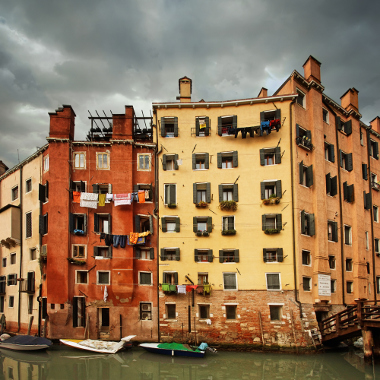A traveling memory space

How did history’s first ghetto affect Western culture and Jewish identity? That’s what Murray Baumgarten, distinguished professor emeritus of English and comparative literature, seeks to understand.
Created to impose surveillance and control while also allowing a measure of autonomy, the Venice Ghetto is a walled-off section of the city in which Jews were forced to live from 1516 until 1870.
“The Venice Ghetto shaped how many Jews and Jewish communities think of themselves in relation to their outside social situation,” said Baumgarten, whose research has focused on how its impacts are described in both fiction and nonfiction writing, such as Coryat’s Crudities, a travelogue published in 1611.
Baumgarten brings this insight to his current study of the writing of Primo Levi, an Italian chemist and Holocaust survivor. Describing Levi’s book The Periodic Table (1975) in a recent essay, Baumgarten writes, “…Primo Levi, writer, is inseparable from Primo Levi, Holocaust witness, and the discourses of science and art are subtly intertwined and reciprocally illuminating.”
“You have to look in many places, because this space has traveled, and it is also a memory space,” said Baumgarten. “It’s also a space of trauma that has changed many things.”

